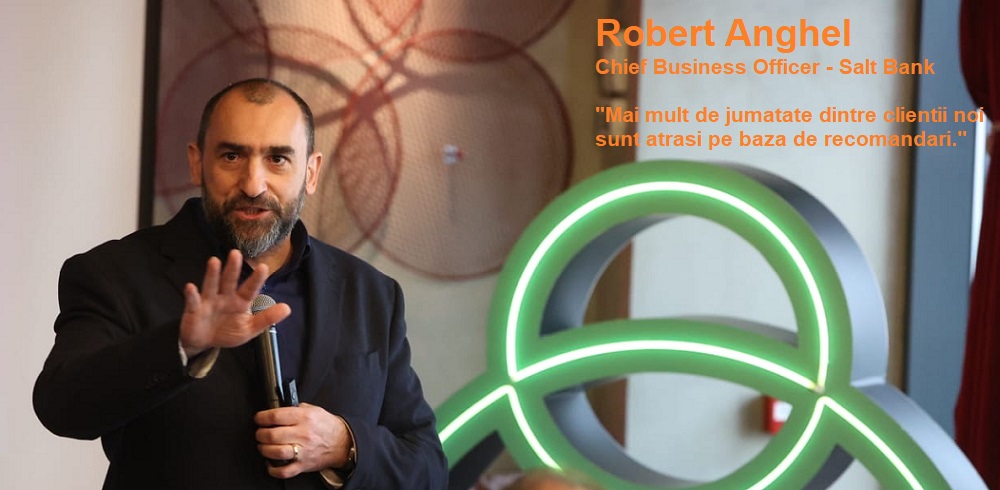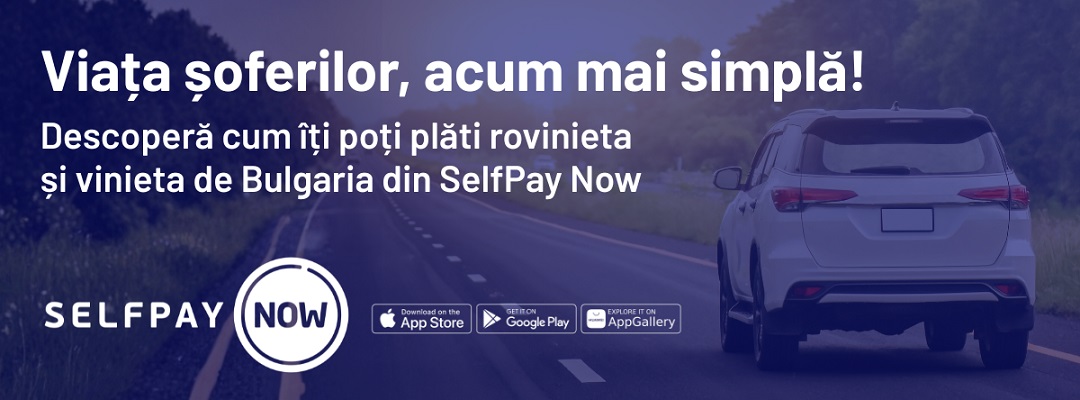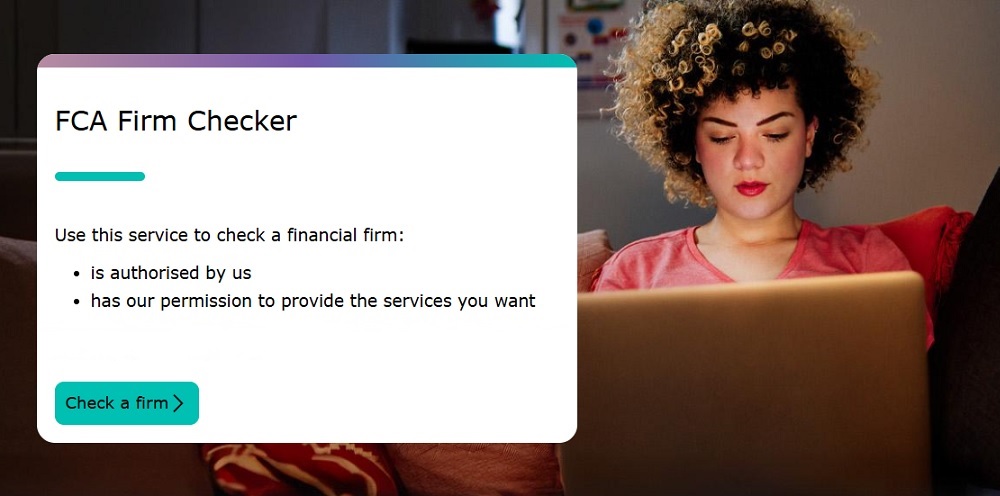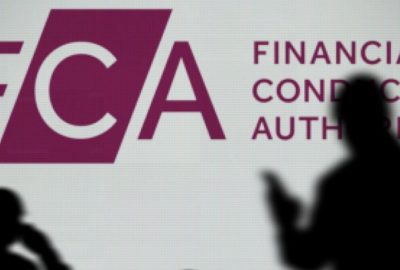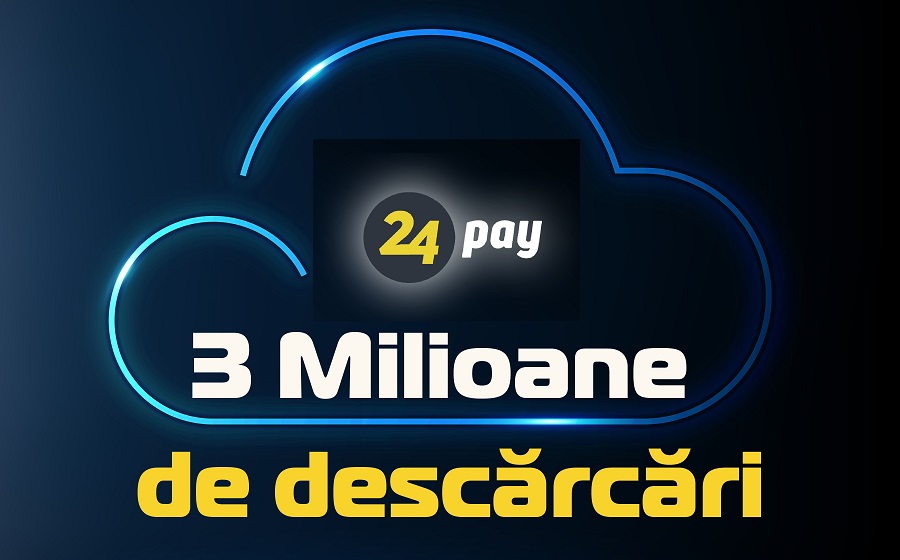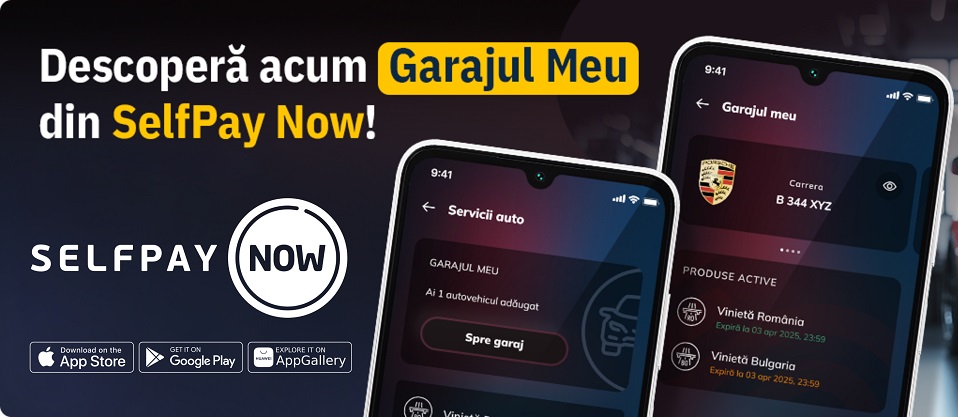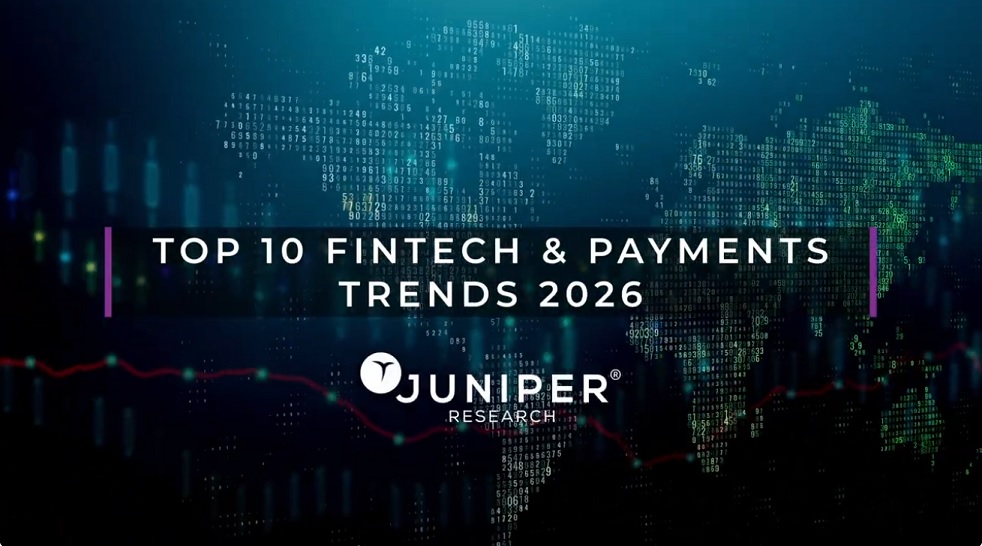Visa Europe expands tokenisation service to support cloud based payments
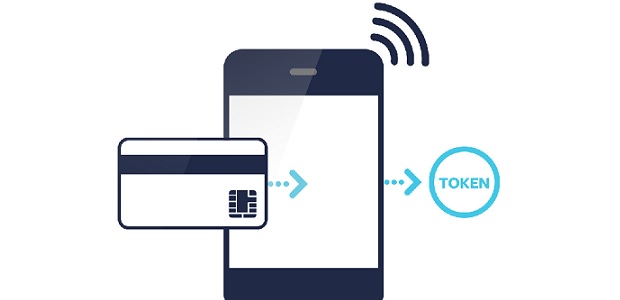
Visa Europe today announces the expansion of the Visa Europe Payment Tokenisation Service (VEPTS) to enable financial institutions and others to integrate tokenisation into:
. Services where payment credentials are stored in the cloud such as banks’ own mobile payment apps plus a wide variety of wearable and other ‘connected’ devices.
. Internet browser-based wallets and retailer-specific checkout offerings such as Visa Checkout.
. Card on file payment options as commonly used by leading online retailers and merchants.
This widens Visa Europe’s existing support for mobile payment experiences relying on the storage of payment credentials on a mobile device. Tokenisation makes it fast and easy for consumers to link their payment card to digital payment services, manage and keep details secure when paying in store or online.
„The VEPTS expansion enables more entities to operate in the payments ecosystem, from financial institutions to technology partners, all through one tokenisation platform provided by Visa. It allows them to develop new, or to improve existing, digital products to meet growing consumer demand for convenience and security.”, according to the press release.
The VEPTS expansion will enable many new ways to pay, in recognition of the growing trend towards developing convenient, innovative payment commerce experiences that can be tightly integrated into apps, and all manner of connected devices.
“People throughout Europe are encountering innovative new technologies that offer fast and frictionless ways to pay wherever, whenever and on whatever device they choose. By 2020, our projections are for one in five consumers to pay for items using their smartphone on a daily basis and for payments on mobile or tablet to account for more than 50% of Visa transactions ,” said Sandra Alzetta, Executive Director Product Enablement for Visa Europe.
“Looking at contactless as an early indicator, where adoption has doubled and spend has trebled in the last year, we believe this projection could well be a conservative estimate. “By expanding our service to make tokenisation available to our client banks through a number of new technology partners, consumers will have access to all manner of fantastic new payment experiences accessible through their mobile phones, tablets and all manner of other ‘connected’ devices.”
How tokenisation works
In research conducted during 2015, Visa Europe found that 62% of respondents were concerned about the security of their data in mobile and digital payment environments. Security experts say that Payment Tokenisation is “the best currently available solution to significantly increase the security around payment card data without having to change anything on the cardholder end,” Tokenisation makes it possible to put sensitive data on a device by “devaluing” it, making it worthless if it falls into the wrong hands.
Tokenisation helps keep consumers’ card details secure, regardless of how they make a payment by substituting a series of numbers – a token – for the actual account information so that wherever token data is stored, the underlying card details remain unexposed. When consumers make a payment with a ‘tokenised’ payment service, a token is submitted into the payment process, rather than the cardholder’s account details.
Because multiple tokens can be created for a single card, tokenisation also makes it possible for financial institutions to flexibly control and manage the environments where a particular token can be used, helping them offer cardholders new ways to pay with their favourite card. For example, a token set up only for a particular mobile / in-app payment service cannot be captured and used elsewhere to make an online purchase. For consumers there is also an added benefit of convenience – if a device is lost or stolen, a token can easily and promptly be disabled by the cardholder or their bank, without the need to cancel the Visa card associated with the token. Similarly, if a card is lost or stolen, the consumer can still use their tokenised phone to make payments while awaiting the replacement card.
Dariusz Mazurkiewicz – CEO at BLIK Polish Payment Standard
Banking 4.0 – „how was the experience for you”
„To be honest I think that Sinaia, your conference, is much better then Davos.”
Many more interesting quotes in the video below:



